On Sunday (April 12), Virgin Orbit completed the final test of its development program, sending its carrier plane, Cosmic Girl, aloft over the Southern California desert with an orbital rocket beneath its wing.



If anyone wants to learn about the future of artificial intelligence and the rise of super-intelligent machines here is Billionaire rocket scientist businessman Elon Musk’s favorite book of the year written by MIT math Professor Max Tegmark at the Future of Life Institute. The book Life 3.0 is presented in this free audio-book format on YouTube and is a 7 hour video talking about how we will become a Libertarian Utopia soon thanks to advances in technology.
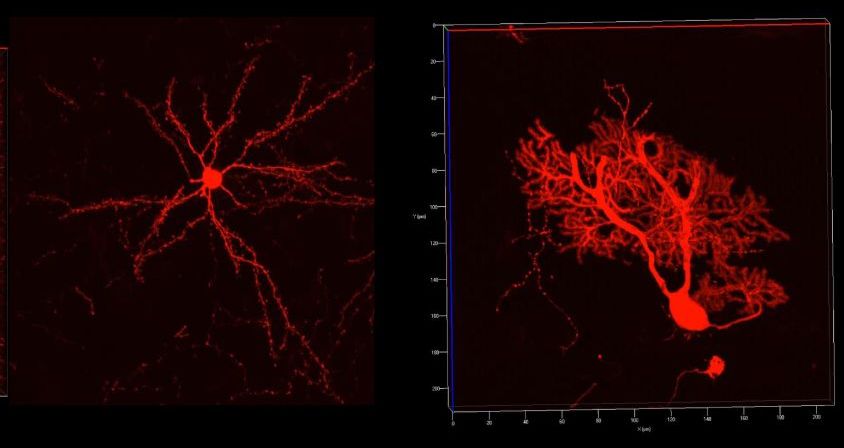
Researchers have used the gene-editing technique CRISPR to delete a segment of DNA associated with autism and schizophrenia from mouse brain cells.
The technique has only proven effective in mice so far but may eventually be suitable for treating brain conditions in people, says Xiao-hong Lu, assistant professor of pharmacology and neuroscience at Louisiana State University Health in Shreveport.
Unlike techniques used to manipulate DNA in the mouse brain, CRISPR can be applied to people. He says, “We need a tool to help us to carry the genetic elements into the [human] brain.”
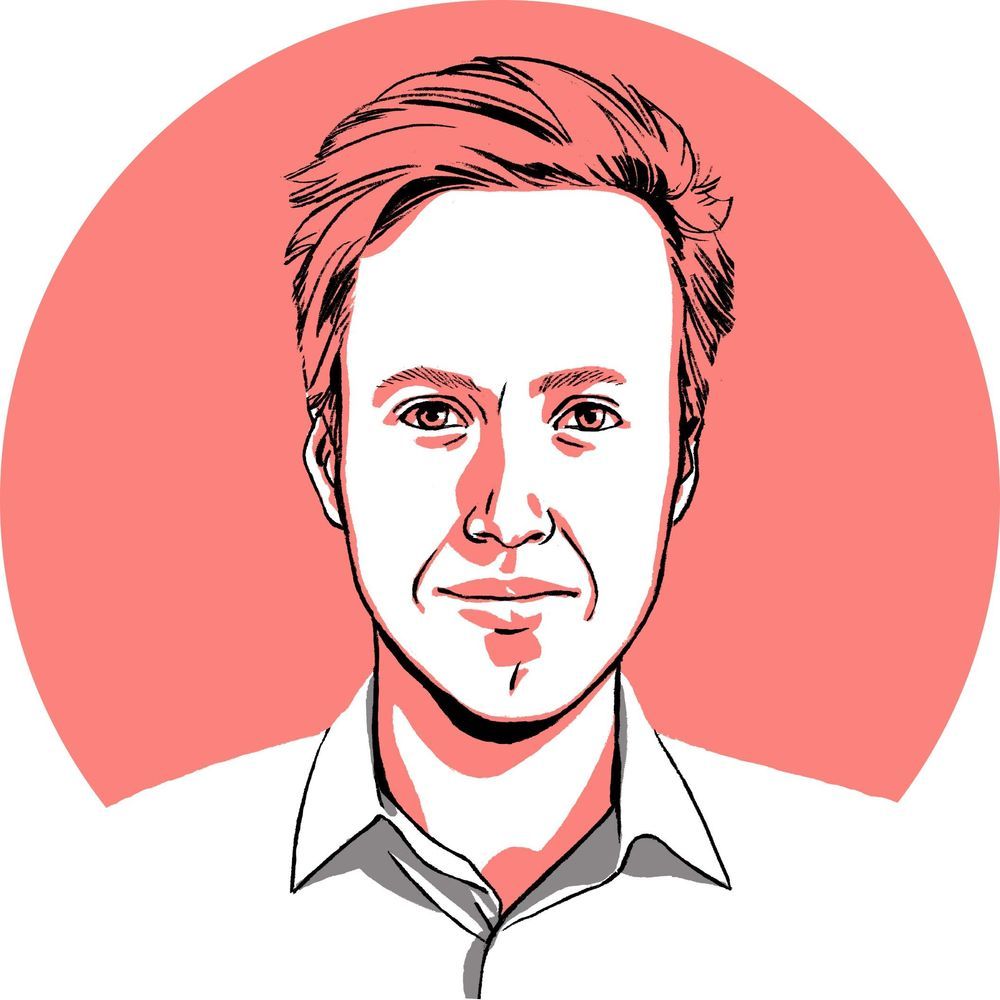
Circa 2017
What’s small, fast, and is launched from the bottom of a fighter jet? Not missiles, but a swarm of drones.
U.S. military officials have announced that they’ve carried out their largest ever test of a drone swarm released from fighter jets in flight. In the trials, three F/A-18 Super Hornets released 103 Perdix drones, which then communicated with each other and went about performing a series of formation flying exercises that mimic a surveillance mission.

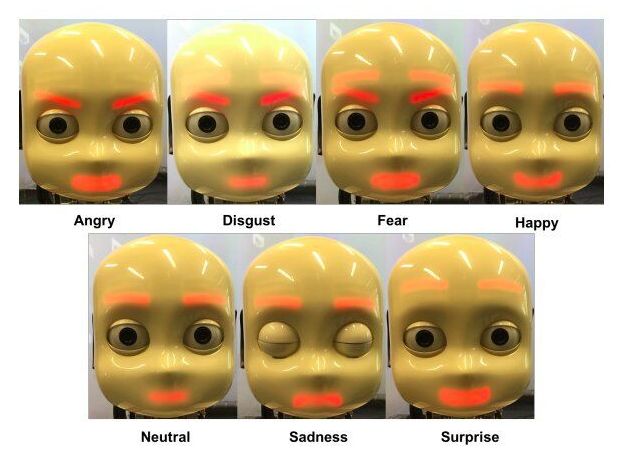
As robots make their way into a variety of environments and start interacting with humans on a regular basis, they should be able to communicate with users as effectively as possible. Over the past decade or so, researchers worldwide have thus been developing machine learning-based models and other computational techniques that could enhance human-robot communications.
One way to improve how robots communicate with human users is by training them to express basic emotions, such as sadness, happiness, fear and anger. The ability to express emotions would ultimately allow robots to convey messages more effectively, in ways that are aligned with a given situation.
Researchers at the University of Hamburg in Germany have recently developed a machine learning-based method to teach robots how to convey what have previously been defined as the seven universal emotions, namely anger, disgust, fear, happiness, sadness, surprise and a neutral state. In their paper, pre-published on arXiv, they applied and tested their technique on a humanoid robot called iCub.
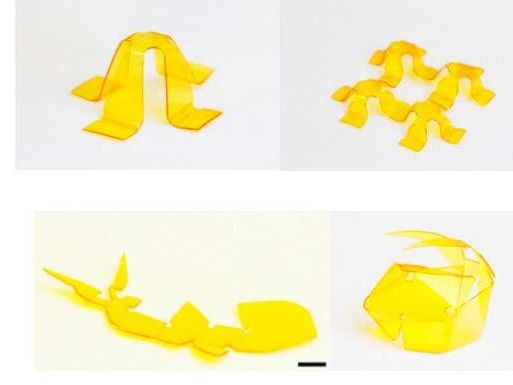
In recent years, 3D printing has opened up interesting new possibilities for the large-scale production of electronic components, as well as of a variety of other objects. To this end, research teams worldwide have been trying to create materials and structures that can easily change shape, as these could be particularly useful for 3D printing applications.
Although many of the programmable and shape-shifting materials developed so far have proved to be promising for 3D printing, they are often not mechanically robust. This makes them unideal for printing objects that are resistant to a lot of weight or strain.
To overcome this limitation, researchers at Georgia Institute of Technology, Peking University and Beijing Institute of Technology have recently proposed a new shape-morphing material system that is also mechanically robust. This new material, created via the volatilization of a volatile component that has not fully reacted, was presented in a paper published in ACS Applied Materials & Interfaces. The lead authors of this paper are Qiang Zhang and Xiao Kuang.

At the regional level and worldwide, the occurrence of large shallow earthquakes appears to follow a mathematical pattern called the Devil’s Staircase, where clusters of earthquake events are separated by long but irregular intervals of seismic quiet.
The finding published in the Bulletin of the Seismological Society of America differs from the pattern predicted by classical earthquake modeling that suggests earthquakes would occur periodically or quasi-periodically based on cycles of build-up and release of tectonic stress. In fact, say Yuxuan Chen of the University of Missouri, Columbia, and colleagues, periodic large earthquake sequences are relatively rare.
The researchers note that their results could have implications for seismic hazard assessment. For instance, they found that these large earthquake sequences (those with events magnitude 6.0 or greater) are “burstier” than expected, meaning that the clustering of earthquakes in time results in a higher probability of repeating seismic events soon after a large earthquake. The irregular gap between event bursts also makes it more difficult to predict an average recurrence time between big earthquakes.
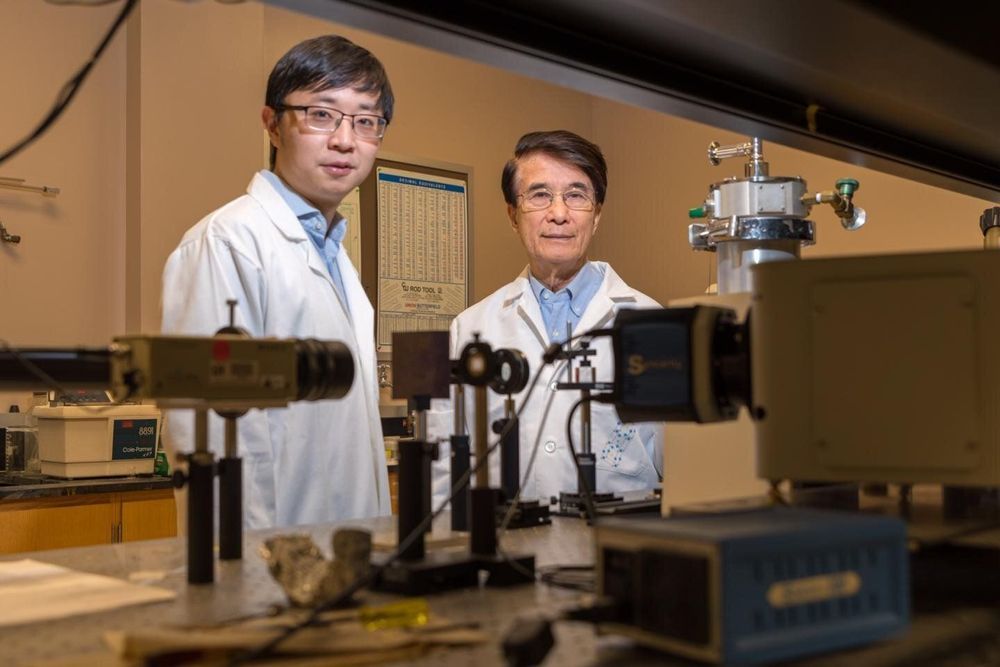
The demands for data storage and processing have grown exponentially as the world becomes increasingly connected, emphasizing the need for new materials capable of more efficient data storage and data processing.
An international team of researchers, led by physicist Paul Ching-Wu Chu, founding director of the Texas Center for Superconductivity at the University of Houston, is reporting a new compound capable of maintaining its skyrmion properties at room temperature through the use of high pressure. The results also suggest the potential for using chemical pressure to maintain the properties at ambient pressure, offering promise for commercial applications.
The work is described in the Proceedings of the National Academy of Sciences.